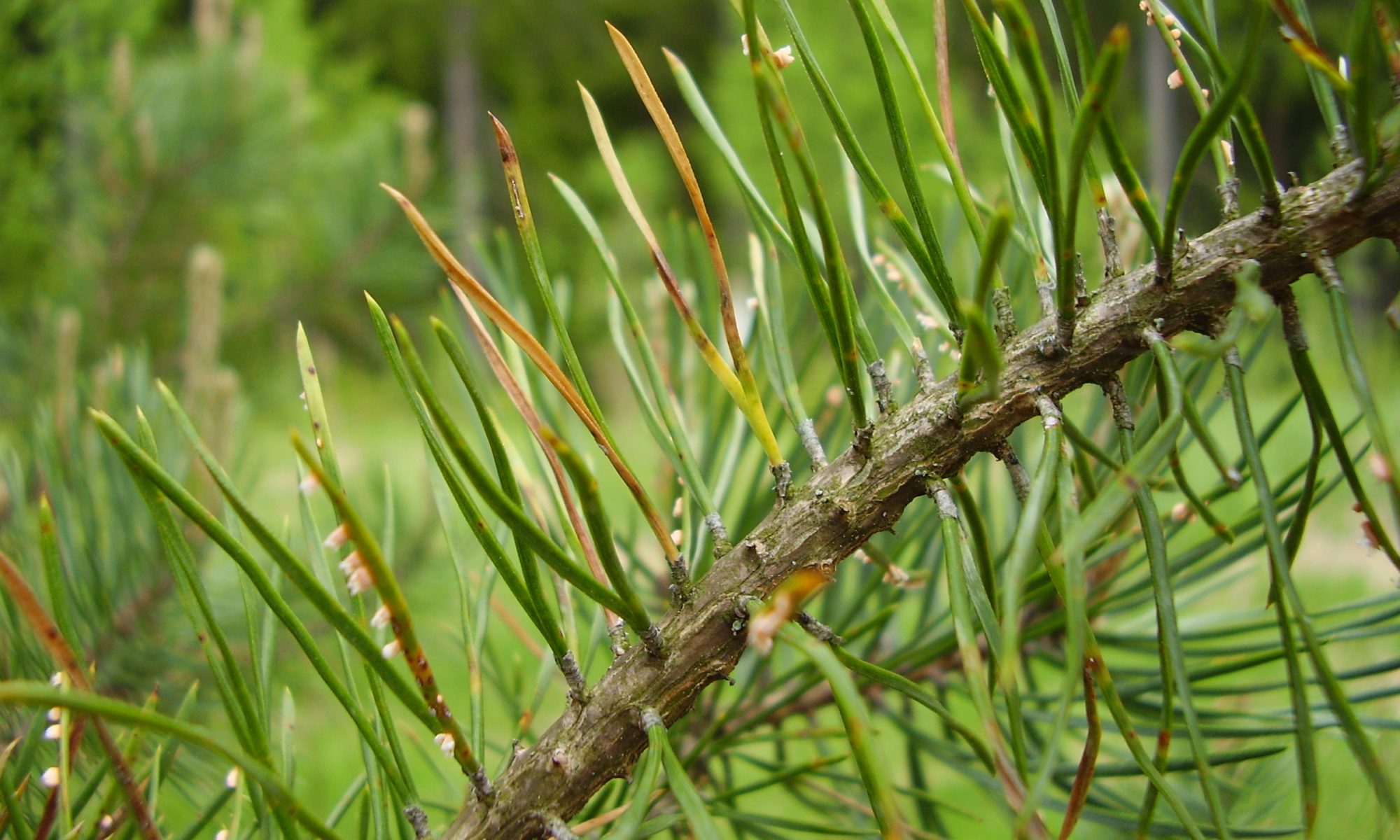Root and butt rot disease caused by basidiomycete decay fungus Heterobasidion annosum is the most destructive disease of conifer trees in the northern temperate regions of the world. In Europe, economic losses attributable to Heterobasidion infection are estimated at 800 million euros annually. The fungus has been classified into three separate European intersterile species P (H. annosum), S (H. parviporum) and F (H. abietinum) based on their main host preferences: pine, spruce and fir respectively. In North America, two intersterile groups are present, P and S/F, but these have not been given scientific names. The ecology of the disease spread (Figs. 1a-b) has been intensively studied but the genetics, biochemistry and molecular aspects of pathogen virulence have been very little examined. There are several reasons for the slow pace of biochemical, molecular and genomic studies in Heterobasidion – conifer pathosystems; Mature trees do not readily lend themselves to laboratory based studies on account of their large size and long life span. There are also no known avirulent strains of the conifer pathogen and no host genotype in Pinaceae with total resistance. Recently, we have developed several tools and technologies to study this pathogen, notably, an in vitro infection model system (Fig. 2), biolistic, and protoplast DNA-transformation, genomics, micro-array mRNA profiling. And have contributed many unigene sequences to NCBI database (http://www.ncbi.nlm.nih.gov) as well as constructed several cDNA libraries at different developmental stages of H. annosum. The availability of the recently sequenced genome information for this fungus, will facilitate advances in our understanding of pathogenicity factors of of this conifer tree pathogens. No doubt, the use of a combined biochemical, molecular and genomics approach will advance our knowledge of the host – pathogen interactions that have direct relevance to forest trees.
